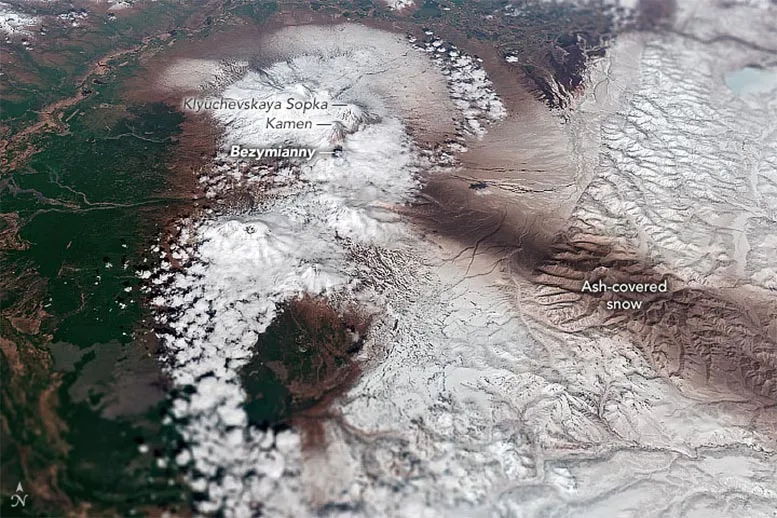Stratovolcano, also known as composite volcano, is a tall conical volcano formed by the accumulation of many layers (strata) of hardened lava, volcanic ash, pumice, etc Unlike shield volcanoes, layered volcanoes have a steep slope and occasionally explosive eruptions They are one of the most common volcanic types, in contrast to the less common shield volcanoes.

May 29, 2022
The three most famous examples of stratiform volcanoes are Mount Vesuvius in Italy. Its disastrous eruption in AD 79 buried the Roman cities of Pompeii and Herculaneum; The karakato volcano in Indonesia is famous for its disastrous eruption in 1883; And Mount St. Helens in Washington state, which had a large-scale eruption on may18,1980.
The bezymanny volcano, located in the Kamchatka Peninsula in the Far East of Russia, is 2882 meters above sea level. Bezymanny means "no name", probably because the layered volcano had been dormant for a thousand years when it was named. The volcano was once thought to have become an extinct volcano. Until the end of 1955, when it was awakened by a disastrous eruption. Since then, bezymanny has been erupting intermittently.
The 1955-1956 eruption was very similar to the 1980 eruption of St. Helens volcano. The eruption and the collapse of the mountain top created a mile wide horseshoe shaped pit. Continued volcanic activity, including the re emergence of lava domes and pyroclastic flows, has filled the crater in 1956.
On May 28, 2022, bezymanny erupted again. Observers at Kamchatka volcano station recorded a strong explosion and a huge volcanic ash plume. The ash eventually reached a height of 15 kilometers (9.3 miles) and moved more than 1600 kilometers (1000 miles) east-southeast. When the plume drifted over the peninsula to the Pacific Ocean, it deposited a layer of ash on the snow covered ground.
In the above image acquired by the operational land imager (OLI) on Landsat 8 on May 29, 2022, you can see the stripes of ash. This image is overlaid on the terrain data of NASA digital elevation model. It can be seen that there are two large adjacent volcanoes next to bezymanny, Kamen and klyuchevskaya.
According to the report of the Kamchatka volcanic eruption response team compiled by the Smithsonian global volcanic activity plan, the recent volcanic eruption lasted until June 3, "which is characterized by strong volcanic ash emission, hot lava dome, explosion and hot avalanche". The ash cloud triggered a red level aviation alert, which was then lowered to orange; This is the second highest alarm in the four color coding levels.
Kamchatka Peninsula has more than 300 volcanoes, 20 of which are active volcanoes, making it one of the most active volcanic and geothermal regions in the world. The peninsula is located on the Okhotsk plate, under which the Pacific plate dives at a rate of 8 to 10 cm per year. The magma produced in the Kuril Kamchatka trench, where the Pacific plate fell to the seabed, created three volcanic arcs on the peninsula.